Sometimes you watch the Tour de France and involuntarily wonder how much racing bikes cost and how exactly they differ from ordinary models. There is an opinion that professional bikes are almost made to order, and their maintenance costs almost as much as the maintenance of an expensive car. Is it really so? Let’s understand together on the example of bicycles of professional racers who take part in the Tour de France and other similar events.
The main differences of racing bikes
Before we talk about racing bikes, let’s talk briefly about the most prestigious cycling discipline – it will allow you to understand what should be the transport of a professional racer.
Features of the Tour de France
Tour de France is a multi-day cycling race that takes place in France (understandable even from the name). It is one of the most popular and prestigious competitions, which has been held for over 100 years. The bicycle race consists of 21 stages, each of them lasts one day. The total length of the race route is 3,000 to 4,000 kilometers. The longest race was held in 1926 – the length of the route was 5,745 kilometers.
And now think about what qualities should possess the racer himself and his bike to take part in this competition and win. Of course, racing bicycles are not just for participation in the prestigious race – they are used in other sports competitions.
Distinguishing features
Sufficient inertia, lightweight design (up to 9 kg), aerodynamic qualities, specific landing of the athlete – these and other qualities create a comfortable environment for dynamic riding. In addition, racing bikes are a large group of bikes, which can be classified according to the specific sports discipline and design features.
Varieties of racing bikes
Absolutely all models of racing bikes have no shock absorption. They are distinguished by their narrow and large wheels of size 700c. As a rule, in the front wheel spokes are arranged radially, but with the rear such a maneuver will not work, because such a spokes will not be able to hold the weight of the rider. Other features of racing bicycles depend on the specific type.
Highway
These models are most often used to participate in road races. Athletes in competition and training accelerate to tremendous speeds. This is one of the reasons why race bikes almost never have a disc brake system. The reason for this is that if you fall, you can get serious injuries from the brake disc.
Given that this sport discipline involves a lot of acceleration, the design of the bike should be as light and ergonomic as possible to ensure minimal drag. Based on this, some design features can be highlighted:
- Unlike city road bikes (fixes), race bikes have a vaulted stroke and a multi-speed transmission.
- Light weight is one of the key features of almost all racing bikes. That’s why professional athletes most often ride carbon frames with top-end dodgers. There are slight differences in the frame design – it is more elongated for better stability and increased aerodynamics.
- Contact pedals. Designed to provide better traction. Keeps your foot from slipping while driving.
- Improved aerodynamics with improved bike geometry, narrower wheels and ram’s horn handlebars. The cyclist’s seating position allows the rider to stretch out along the long frame, thereby providing minimal wind resistance.
- A large number of gears (20 or more).
- Wheels – usually 28″, tubular, high rolling, without aggressive tread, but with drainage grooves.
Sometimes carbon fiber rims are put on racing road bikes to further lighten the weight and reduce drag. The presence of a water bottle mount is another feature that distinguishes this type of racing model. Indeed, race bike models often have multiple bottle and pump mounts, but they do not have a rack. And on the other hand, why would bikes competing in speed events need a structure designed to carry cargo? Racing road bikes are a specific kind of bike that you can’t ride on curbs and forest trails.
Cross or cyclocross
Bicycles of this class are designed for riding on forest roads. Hence the design features:
- Sturdy frame. The saddle position is designed so that the cyclist can not just rush forward, but to think about the trajectory of the movement and lightning-fast reaction if necessary.
- More grip brakes and studded rubber. Cross bikes are equipped with hydraulic brakes. Tires with aggressive tread, so such bikes can be ridden in winter on loose snow.
- Increased ground clearance, which allows the carriage not to hit the ground during sharp turns.
- All cables and hydraulic lines are above the upper tube of the frame. This is done to prevent dirt, water and sand from getting into important mechanisms. Therefore, the brakes and transmission of cross bikes work properly even in harsh conditions.
- Contact pedals, which involve wearing special shoes for better grip.
In addition, the design of cyclocross bikes is designed for the fact that the cyclist will occasionally have to carry the bike on himself: to cross mud, water and other obstacles. Therefore, the frame is designed so that the rider can comfortably take the bike on his or her shoulder. Cross bikes can be used as a touring bike.
It can be said that cross bikes are suitable for those who want everything at once. On them it is pleasant to ride on unpaved roads, fields and forest trails and as comfortable to go on long journeys, as well as to take part in competitions.
Trekking
Already from the name it is clear that this type of racing bikes are designed to ride on special ground. Bicycle hubs are designed so that they do not allow for free running. This means that the bike is moving according to a simple formula: twist the pedals – the bike is going, do not twist the pedals – the bike stops. Therefore, the main distinguishing feature of these models – the absence of brakes, because you can stop the bike and pedals.
This is one of the lightest bicycle designs that features large frame angles and no gear shifting capability. The wheels are 28-inch, made of the lightest possible materials, which allows decent acceleration in a short period of time. Here you need to understand that the wheels are under serious strain during the race, so there are increasing demands on the quality of fasteners: instead of clamps, strong nuts are used. Unlike most other racing bikes, track models have no spokes at all. Instead there is a solid layer of durable and lightweight carbon.
Special attention should be paid to the position of the rider during the race. Engineering solutions ensured a comfortable riding position due to the shape of the seat and its position. The handlebar is curved, most often made in the form of ram’s horns.
You are unlikely to be able to just pick up and buy a track bike – as a rule, they are made to order, taking into account the individual characteristics and preferences of the cyclist.
In turn, track bikes can be divided into:
- sprint;
- for pace races;
- for leadership competitions.
In the first two categories there are virtually no differences. The difference is barely noticeable only in the position of the saddle and handlebars. As for the leader race track models, there is a fundamentally different frame assembly: the fork is considerably bent backwards, the front wheel diameter is reduced, and the saddle has an unusual position. All design features are aimed at retaining aerodynamics in the pursuit and overtaking phase.
Look, the leading manufacturer
The French company was founded in 1951. At first it was a small company, which was engaged in the production of equipment for skiers, in which, incidentally, considerably succeeded. But the popularity to the company came after the presentation of the first bicycle frame, made of an innovative material – carbon.
It was after that a new era of the company’s activity – cycling – began. Today the company specializes exclusively in the production of parts, consumables, components, accessories and spare parts for racing bicycles, made of high quality materials.
Accessories for racing bikes
It is clear that professional athletes are reverent about their equipment and try to improve the design of the bike as much as possible to win the competition. In turn, manufacturers of bicycle accessories and parts regularly offer new products that are distinguished by ergonomics, durability, reliability and stylish design. Let’s take a look at the main accessories most commonly used in racing bicycles:
- Bicycle frames (example, the L96Speed model). The L96Speed design is based on the legendary 496 model. The improved version optimized the aerodynamic qualities and also had a positive effect on overall weight reduction. At the same time, amazing durability and efficiency were retained.
- Pedals (example: KEO Classic model). Scalloped pedal with lots of indentations for maximum grip on the pedal surface, which prevents the cyclist’s foot from slipping and loss of speed.
As for other accessories that help professional riders become winners:
- Shoe attachments. Generally compatible with any type of shoe, they feature anti-slip protection and a secure grip to ensure safety while riding.
- Sprockets. Different diameters to suit specific speed modes. Quality gear shifting is improved by a special design of teeth.
- connecting rods. Weight of the part is a little more than 300 grams, which does not affect the degree of rigidity.
- handlebars. Characterized by a streamlined form and improved aerodynamic properties.
Of course, accessories for track bikes can not be found in a regular store. As a rule, they are bought from a specific manufacturer (such as Look), which specializes in the production of certain parts.
The best racing bikes of the Tour de France
The prestigious cycling race was first held in 1903, and for over 100 years has been gathering thousands of athletes and millions of spectators. Many people watch not only the heated battle of cyclists – their gaze is attracted by the stunning models of bikes, construction and design of which deserve special attention. Consider the most outstanding of them:
- Scott Addict R2 TT: Scott Plasma 3. The manufacturers have equipped the model with a seatpost and additional recliners for a more comfortable ride and carbon rims. Engineers have made a good decision by installing Shimano equipment (drivetrain, rims and brake system).
- Focus Izalco Team Milram. A masterpiece of engineering, if I may say so. The bike is equipped with linkage from renowned manufacturers of bicycle parts and accessories such as Sram, FSA Lightweight, Continental, which ensures a flawless gear shift. The carbon handlebars and high profile rims make the bike’s construction as light and elegant as possible.
- Lapierre X-Lite FDJ Team. The frame of this model weighs only 850 grams. Together with a rigid carbon fork, an innovative transmission and other components, the bike weighs just over 6 kg.
- Look 595 Origin and 595 Ultra. Look is the leader among track bike manufacturers. The transmission allows smooth acceleration without feeling discomfort in the knee joints. The front wheel is set on the radial type, which affected the performance of the bike, along with improving its appearance.
- Pinarello FM1 Montello. Pinarello is a typical Italian in the traditional sense. The unique frame with a reduced wheelbase, comfortable recliners for long rides, as well as transmission and brake components from Campagnolo Super Record11 – all this and more emphasize the unrivaled qualities of a track bike.
Track bikes for prestigious competitions are usually custom-made models, which are designed with the specifics of the sport discipline and the physiological characteristics of the athlete.
Conclusion
A racing bicycle is a specific type of mountain model that is most often used for competition. To use them for riding in the city or rough terrain – it is, at the very least, strange and impractical. If you do not plan to engage in cycling, then it does not make any sense to buy an expensive track model. Nevertheless, the qualities of racing bikes and their design are admirable.

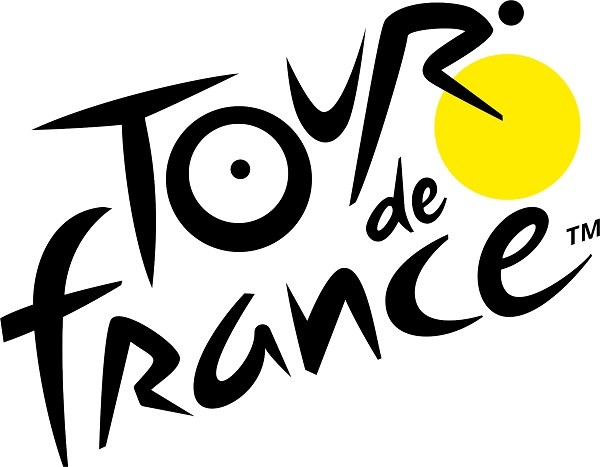
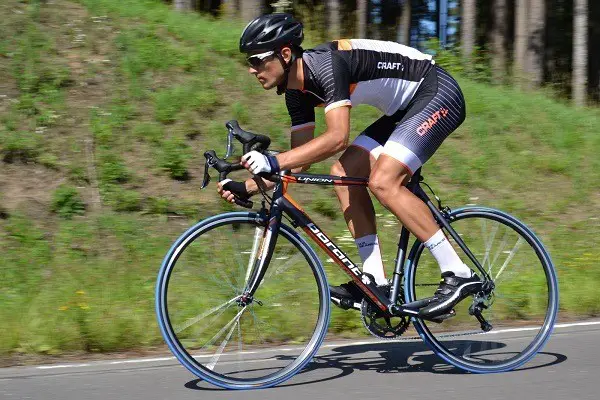
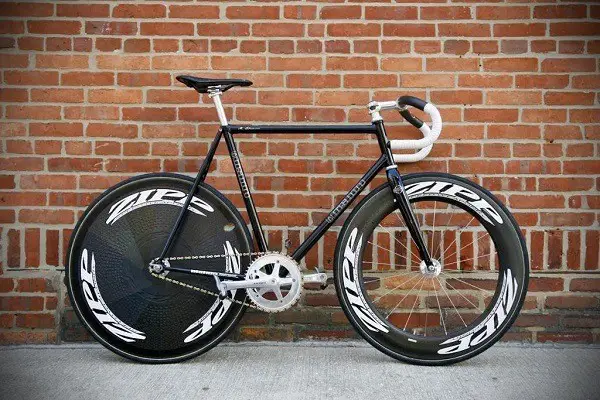


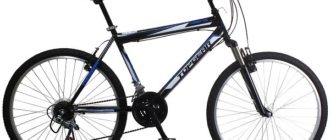

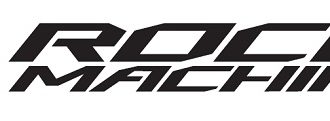



As far as I know, racing bikes are made lightweight, for this reason they put carbon fiber on the rims. Well, the design is different, the fit is different and the same handlebars and pedals. It’s beautiful, of course.
Great post! I’m a big fan of racing bikes and this article has really helped me to understand the different types available and the features that set them apart. It’s great to know which type is best for what situation, so thank you for all the info!